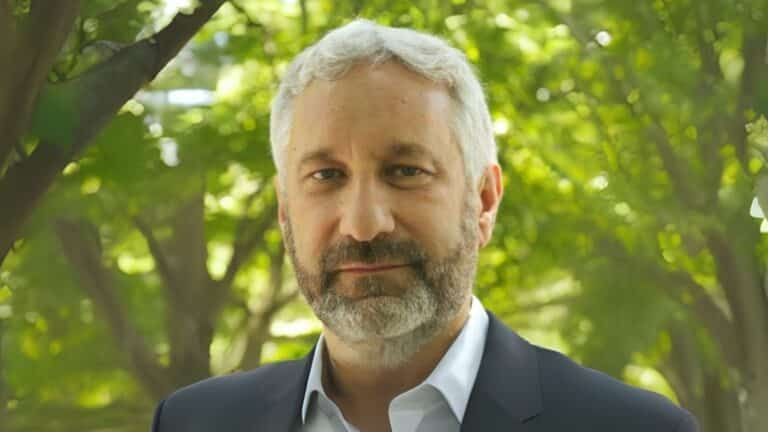A New Unifying Issue: Just About Everyone Hates Data Centers
Recent election results and evidence from states show misgivings about the growth of AI and the ramifications for energy costs and the environment.
Current Access Level “I” – ID Only: CUID holders, alumni, and approved guests only
The steel and cement industries are enormous and vital components of the global economy. Together, they account for roughly 16% of global greenhouse gas emissions. If the cement and steel industry were a country, it would be the third largest emitter. Both industries are referred to as “hard-to-abate” sectors because of the perceived challenges in reducing their carbon emissions.
But innovations in technology and policy are changing the way experts look at these industries, opening new doors to decarbonization strategies. They’re also causing new rifts in global trade relations, as countries vie for dominance over emerging low-carbon solutions.
What are the best strategies for decarbonizing the steel and cement industries? How much progress have we made? And how is the emerging low-carbon steel and cement trade reshaping international relations?
This week host Jason Bordoff talks with Chris Bataille about the prospects for decarbonizing the steel and cement industries.
Chris is an adjunct research fellow at the Center on Global Energy Policy, where he studies technology and policy pathways to net zero, with a focus on industrial decarbonization. He is an associate researcher at the Institute for Sustainable Development and International Relations and an adjunct professor at Simon Fraser University. He was also a contributing author to the IPCC 6th Assessment Report.
Elected officials face huge challenges when it comes to energy policymaking. They have very little time to learn complicated, nuanced issues. They're bombarded by information — some of...

The ten years since the Paris Agreement was signed at the UN Climate Change Conference, COP 21, have been the ten hottest years on record. And the outcome...

Last week, President Trump announced that he was imposing significant new sanctions on Russia. It’s an effort to cut off revenue Russia needs for its war in Ukraine....

Energy has long been used as a weapon. The United Kingdom blocked oil exports to Germany during World War I. Hitler’s fall was due in part to losing...

CGEP scholars reflect on some of the standout issues of the day during this year's Climate Week

Amid plans to nearly double its steel production capacity by 2030 to serve its growing infrastructure needs, the world’s No. 2 steel producer India has released plans to reduce greenhouse gases from the sector, which account for about 10 percent of the nation’s total emissions.

This report explores financial policy instruments that can make first-of-a-kind (FOAK) near-zero emission industrial facilities viable.

The following document includes the responses submitted to the Department of Energy following the request for information on proposed national definition of a zero emissions building.
